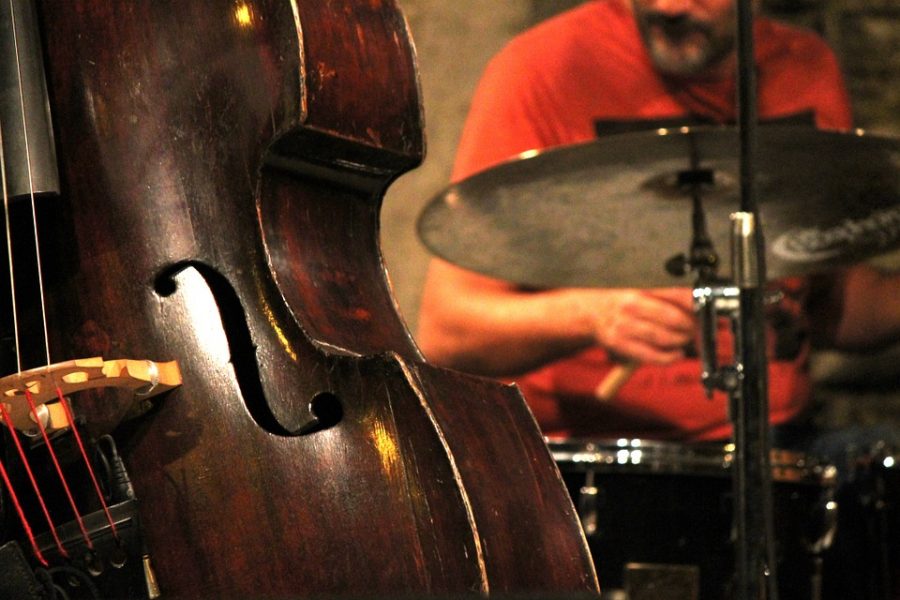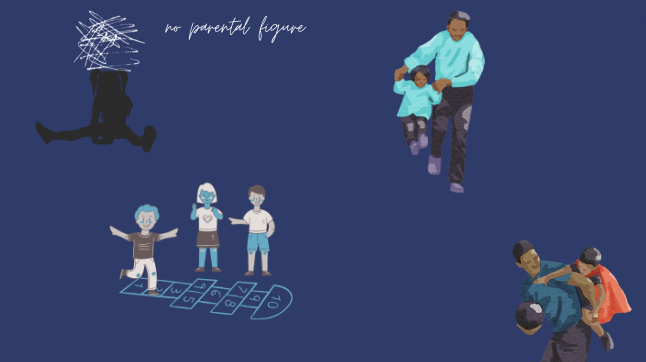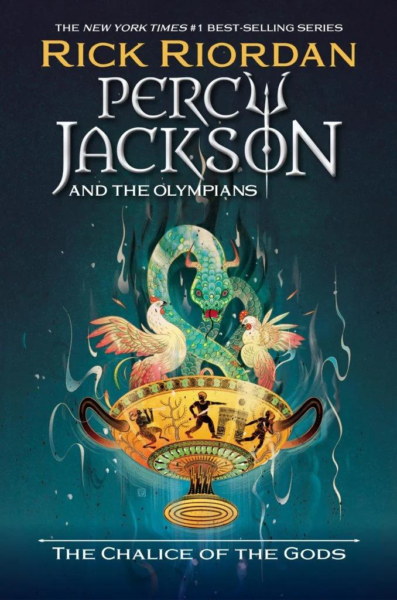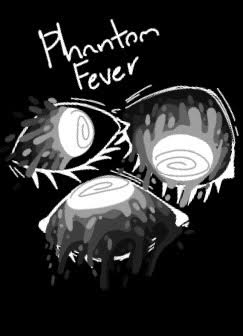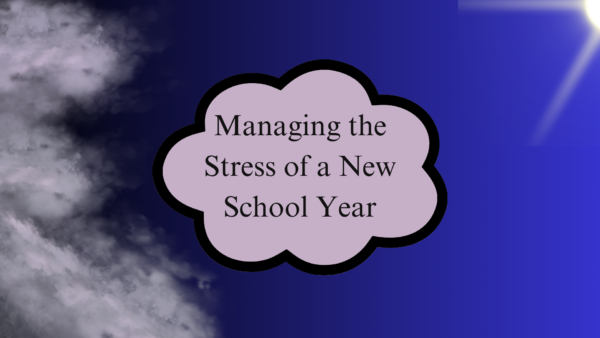Jazz finds re-emergence in currently popular hits
November 27, 2017
“Jazz is dying.”
Or so proclaims Sebastian from the movie La La Land. According to the film, “pure jazz” is growing obsolete, and no one seems to care. What Sebastian means by “pure jazz” is unclear, though, as jazz music encaptures multiple different styles that are no less a part of the genre than any other. Still, jazz record sales indicate that Sebastian may be right about this style of music dying.
The magazine The Jazz Line reported that jazz albums represented 2.8% of music sold in the year 2011. In 2012, sales fell to 2.2%.
In 2014, jazz album sales comprised 2% of all music sold that year. “That 2% represents just 5.2 million albums sold by all jazz artists in 2014. In comparison, the best-selling artist of 2014, Taylor Swift, sold 3.7 million copies of her latest album ‘1989’ in the last 2 months of 2014 alone” according to The Jazz Line.
In an article for CNN, John Blake wrote that part of this problem can be traced back to the fact that most people who buy jazz music are purchasing old albums rather than the new. For example, Miles Davis’ album Kind of Blue, which was released in 1959, still sells thousands of copies every week.
But even though jazz sales remain low, not everyone thinks that jazz is on the brink of extinction.
“And though it’s tempting to say that the genre is dying, look elsewhere and you’ll see the blood of the genre flowing in different places. In 2015 Kendrick Lamar dropped the critically acclaimed album To Pimp a Butterfly, a sprawling effort that pays homage to many genres, including jazz,” said Seve Chambers in The Vulture.
Jazz often isn’t the first thing that comes to mind when listening to popular artists such as Kendrick Lamar or David Bowie. But both of these artists used elements of jazz in their most recent albums.
For the album To Pimp a Butterfly, Lamar collaborated with saxophonist Kamasi Washington, bassist Thundercat, and pianist Robert Glasper. These musicians blended hip hop and jazz to create a distinctive sound, and Lamar’s phrasing paid rhythmic homage to the jazz genre.
The late David Bowie collaborated with a jazz quartet on his final album Blackstar. The quartet was featured prominently on the album, and Donny McCaslin, the saxophonist in the quartet, said, “I was doing a joint interview with [Blackstar producer] Tony around the release of Blackstar, and he observed that jazz had always been present in David’s music – it’s just that it had always been a deeply embedded component.”
However, it’s not just jazz musicians who influence other styles of music. Jazz itself has evolved over time to adopt different stylistic elements.
In The Guardian, Washington said, “We’ve now got a whole generation of jazz musicians who have been brought up with hip-hop. We’ve grown up alongside rappers and DJs, we’ve heard this music all our life. We are as fluent in J Dilla and Dr Dre as we are in Mingus and Coltrane.”
Young jazz drummers have learned how to “slug” the beat, which was first popularized by the hip hop producer J Dilla.“It’s basically the sound of someone sampling a funk beat on an Akai MPC sampler and editing it wrong,” the drummer Rob Turner said in The Guardian.
Thundercat also credits hip hop with teaching jazz musicians how to edit their playing in order to connect with the audience and enhance the song.
Before recently, jazz musicians were wary of crediting popular music among their influences. They feared that doing so would tarnish jazz’s reputation as a high art form. This attitude has changed with the new generation of jazz musicians, and the frequent collaborations between jazz musicians and popular music artists is breaking the barrier between these two worlds.
Many argue that the future of jazz relies on musicians evolving. By combining jazz with popular music, it will widen its audience and remain relevant. To those who encourage this, jazz is not dying. It is changing with the times to create something new and unique, but still distinctly jazz.

